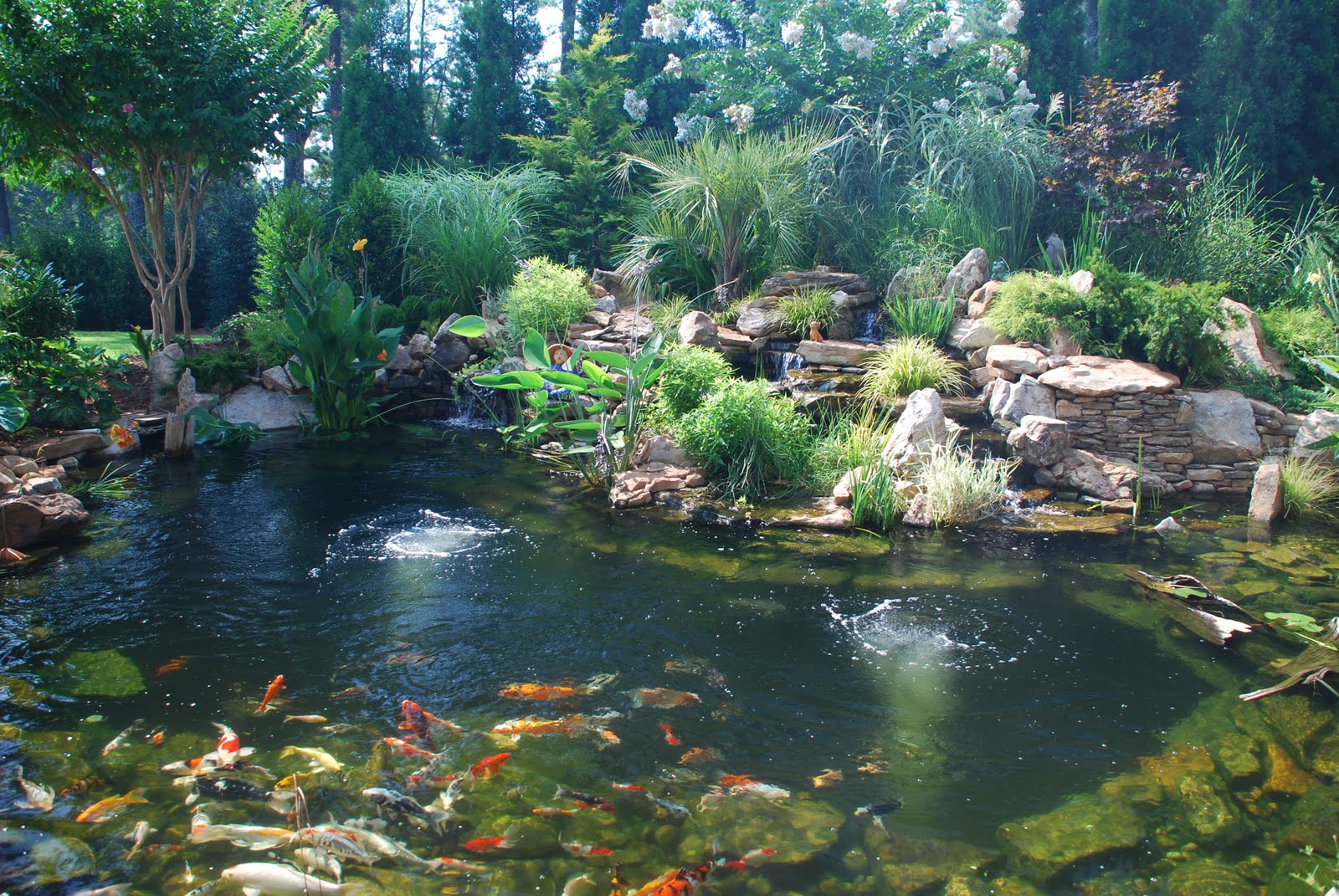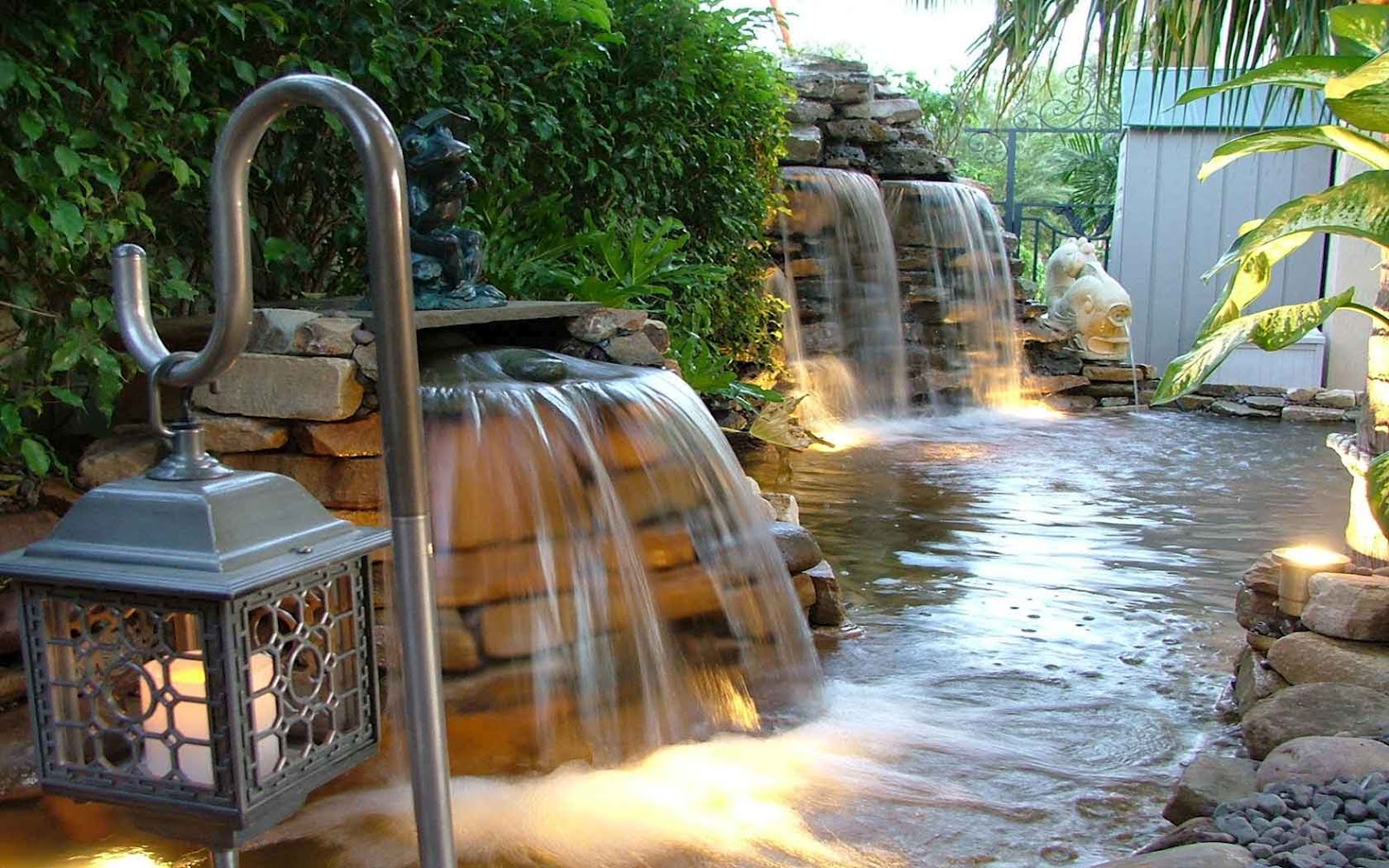5 Essential Tips for a Beautiful Koi Pond in Winter Time
Introduction
Koi ponds are a beautiful addition to any garden, but during the winter months, they require special care and attention to keep the fish healthy and the pond looking its best. In this article, we will take a look at 5 essential tips for maintaining a beautiful koi pond in winter time.
1. Keep the Water Temperature Consistent
One of the most important things to consider when maintaining a koi pond in winter is the water temperature. Koi fish are cold-blooded creatures, which means that their body temperature is regulated by the temperature of the surrounding water. If the water becomes too cold, the fish can become lethargic and susceptible to illness.
To keep the water temperature consistent, you may need to invest in a pond heater or a de-icer. A pond heater will maintain a consistent temperature throughout the winter, while a de-icer will prevent the surface of the water from freezing over.

2. Monitor Water Quality
In addition to keeping the water temperature consistent, it is also important to monitor the water quality. During the winter months, the natural balance of the pond can be thrown off by falling leaves, debris, and increased fish waste.
To maintain good water quality, it is important to regularly remove any debris that may have accumulated in the pond. It is also a good idea to test the water regularly to ensure that the pH and ammonia levels are within a safe range for the fish.

3. Reduce Feeding
During the colder months, koi fish become less active and their metabolism slows down. As a result, they require less food than they do during the warmer months.
Overfeeding can lead to poor water quality, so it is important to reduce feeding during the winter. A good rule of thumb is to feed the fish only once a day, and to only feed them what they can eat in 5-10 minutes.

4. Provide Adequate Shelter
Koi fish require adequate shelter during the winter to protect them from predators and to allow them to hide from the cold. You can provide shelter by adding floating plants, rocks, or caves to the pond.
It is also important to keep the surface of the pond clear of ice to allow for adequate ventilation. If the pond does freeze over, you can create a hole in the ice by pouring warm water over the surface.

5. Reduce Pumping
During the winter, you may need to reduce the amount of water that is pumped through the pond. If the water flow is too strong, it can disturb the fish and prevent them from hibernating properly.
A slower water flow will also help to maintain a consistent water temperature and reduce the risk of freezing. If necessary, you can adjust the pump to reduce the flow rate or add a bypass to divert some of the water flow.

Conclusion
Maintaining a koi pond in winter can be a bit of a challenge, but with the right care and attention, you can keep your fish healthy and your pond looking beautiful all year round. Remember to keep the water temperature consistent, monitor the water quality, reduce feeding, provide adequate shelter, and reduce pumping to ensure that your koi pond thrives during the colder months.